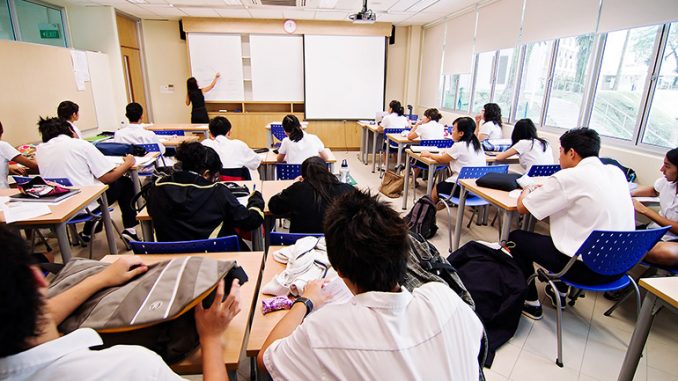
Schools in North Yorkshire are having to reduce staff, increase class sizes and cut investment in buildings due to funding shortages.
North Yorkshire Council Council says it is stepping up its work to support schools as the number in the county facing a deficit continues to grow.
According to school predictions, over two thirds in the county will be in deficit by 2021/22 with the aggregate deficit projected to be over £25m.
The average secondary school deficit is projected to be £439k in 2019/20 rising to £648k by 2021/22.
The average primary school deficit is projected to be £40k in 2019/20 rising to £72k by 2021/22.
In a report to be presented to North Yorkshire’s Children’s Overview and Scrutiny Committee next week, the county council has outlined the steps it is taking to support schools to find efficiencies, work collaboratively and find new ways of sourcing income.
“The picture continues to worsen and for this reason we will continue to press the Government for fairer funding,” said Cllr Patrick Mulligan, North Yorkshire’s executive member for schools.
“It cannot be right that at secondary level, for example, North Yorkshire is funded at £4,954 per pupil (ranking 129th out of 149 local authorities).
“In comparison, Hackney is funded at £7,873 per pupil (nearly £3,000 per pupil more). For an average 1,500 pupil secondary school, this is a difference of approx. £4.4m.
“The National Funding Formula has effectively downgraded the financial support provided to rural secondary schools.
“We will continue to work proactively with a range of individual schools to avoid deficits wherever possible and to develop robust recovery plans.”
A funding survey of schools carried out by the county council this summer reveals that over the next 18 months 83 per cent of schools expect to make reductions in classroom support staff; 73 per cent in learning resources; 63 per cent in teaching staff and 86 per cent of schools expect to have to increase class sizes.
Some schools indicated that in addition to reductions in staffing, financial challenges would impact on curriculum choices, investment in school buildings and establishing breakfast and after school clubs.
More schools would need to look into applying for charitable grants and fundraising options.
They would also have to consider options of merging budgets and/or seeking savings through collaboration with other schools (e.g. finding efficiencies through sharing training or ICT).
Over the past year the county council has submitted written and oral evidence to the Education Select Committee’s Enquiry into School and College Funding on the challenges.
The council has also lobbied ministers and the Department for Education to press home to Government the increasing funding difficulties faced by their schools.
North Yorkshire has more small schools than any other council in England, so it is also undertaking research into small school financial effectiveness to identify and to share best practice.
“But there is no one-size-fits-all approach to managing school finances and the issues and difficulties faced by schools are many and varied,” said Cllr Mulligan.
“There are no easy answers but we are not complacent and will continue to support our schools across a wide range of measures.”


Be the first to comment